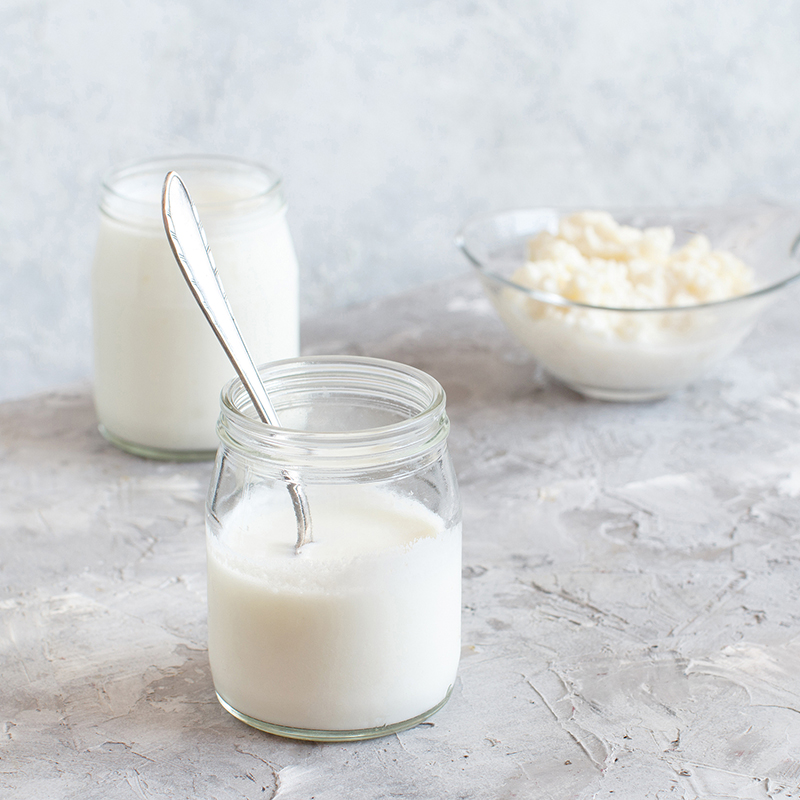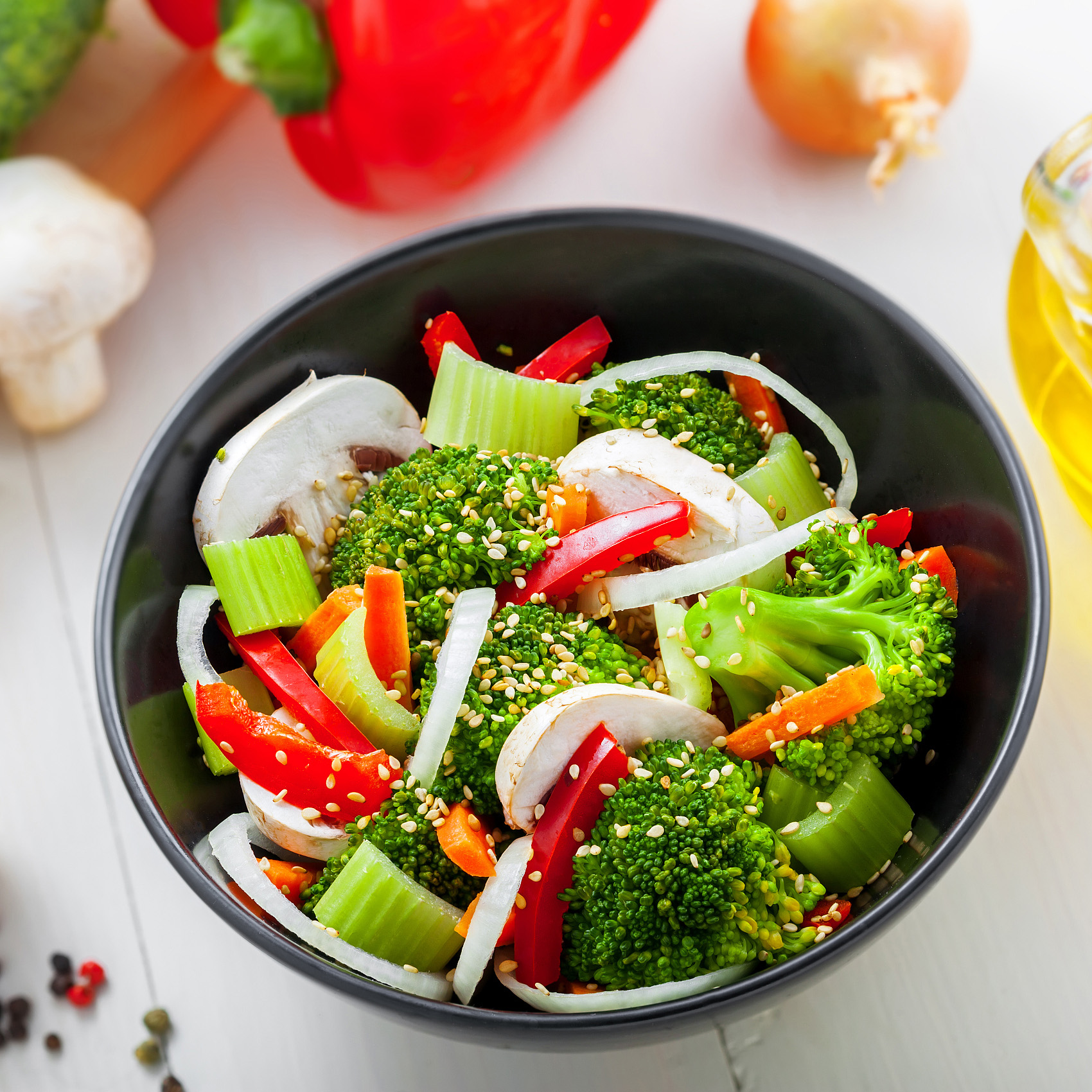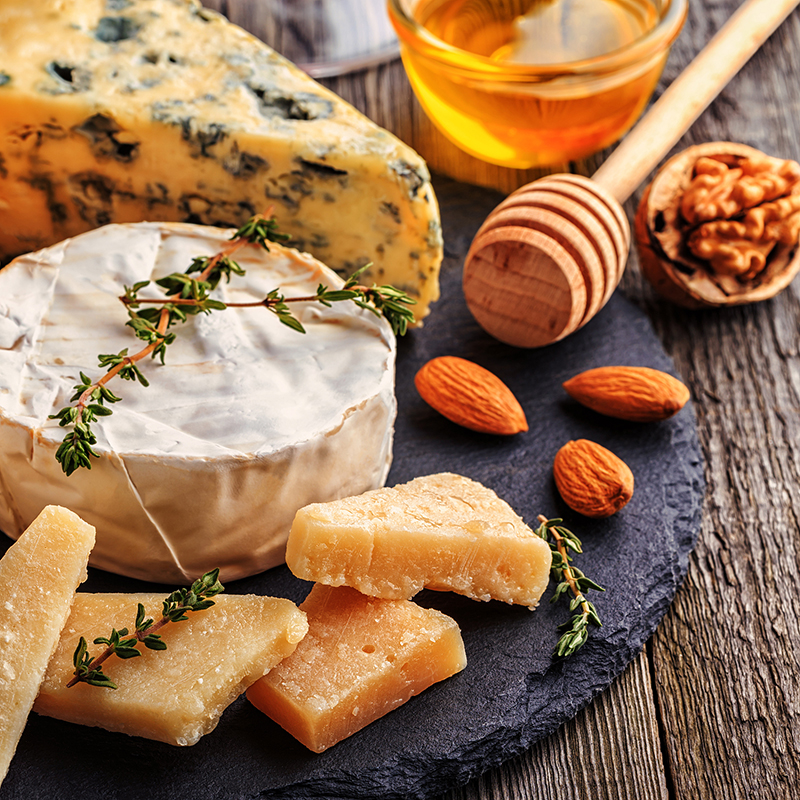0102030405
Sorbic acid is a natural organic compound
Description
Sorbic Acid can restrain effectively the activity of mould, yeast and aerophile bacteria. Restrain growth and reproduction of the pernicious micro oraganism as pseudomonas, staphylococcus salmonella action to restrain growth is more powerful than killing.Meanwhile, it can not? restrain useful microoraganim growth as Anaerobic spore-bearing bacilli, acidophil therefore to lengthen food store period and remain food original flavor. The preservative efficiency of sorbic acid is 5-10 times sodium benzoate.
description2
Function
Sorbic acid and potassium sorbate are the most widely used preservatives in the world, with high antibacterial properties, inhibiting the growth and reproduction of mold. By inhibiting the dehydrogenase system in microorganisms, they can inhibit the growth of microorganisms and play a preservative role, inhibiting mold, yeast and many aerobic bacteria, but almost ineffective on anaerobic sporoforming bacteria and acidophilus. Widely used in cheese, yogurt and other cheese products, bread and snack products, drinks, juice, jam, pickles and fish products and other food preservative. The amount of concentrated fruit and vegetable juice in plastic drums shall not exceed 2g/kg; In soy sauce, vinegar, jam, hydrogenated vegetable oil, soft candy, dried fish products, instant soy products, pastry fillings, breads, cakes, moon cakes, the maximum use of 1.0g/kg; The maximum use in wine and fruit wine is 0.8g/kg; In collagen casings, low-salt pickles, sauces, preserves, fruit juice (flavor) drinks and jellies, the maximum use is 0.5g/kg; The maximum usage is 0.2g/kg in fruit and vegetable fresh-keeping and carbonated beverages; In the food industry, it can be used in meat, fish, eggs, poultry products with a maximum usage of 0.075g/kg.
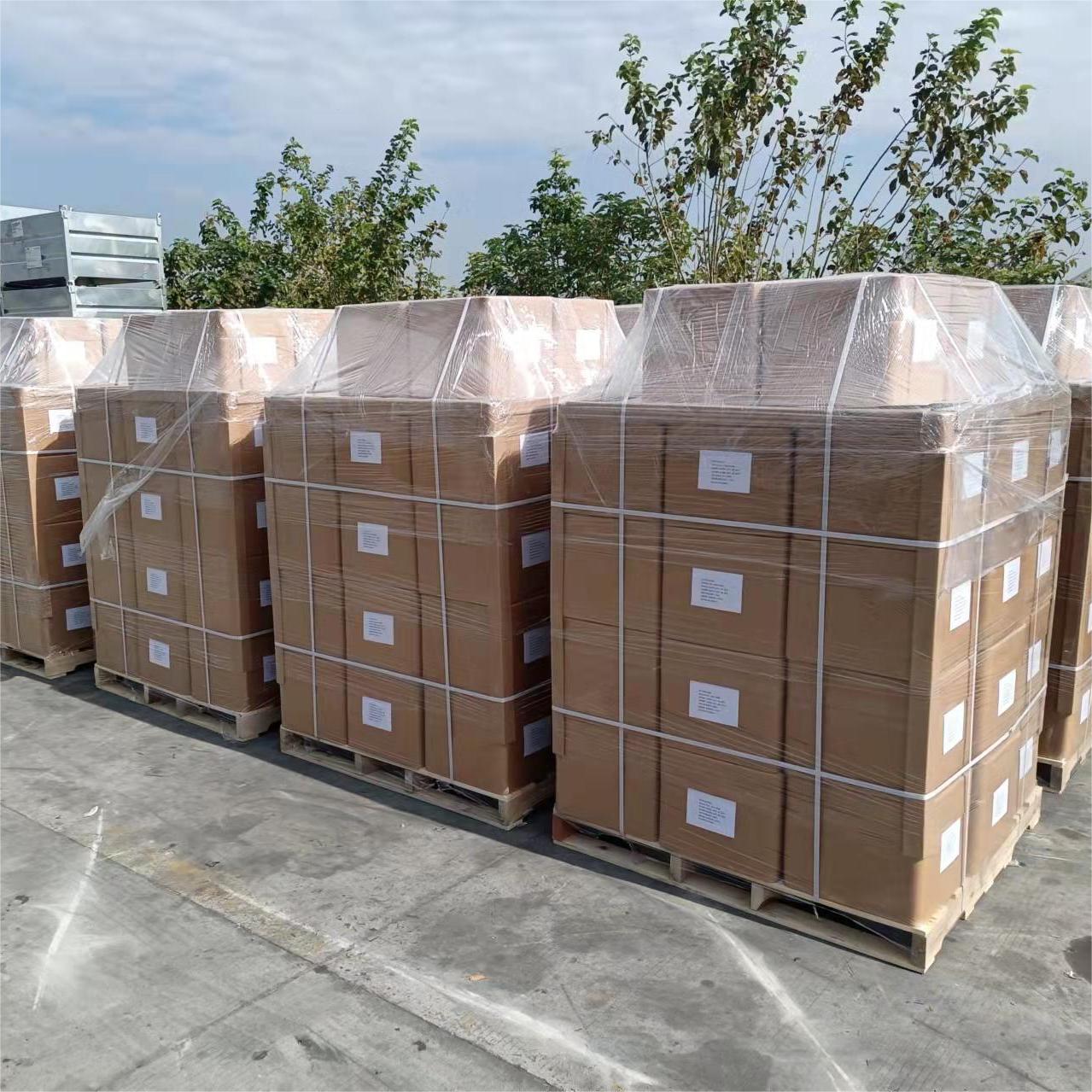
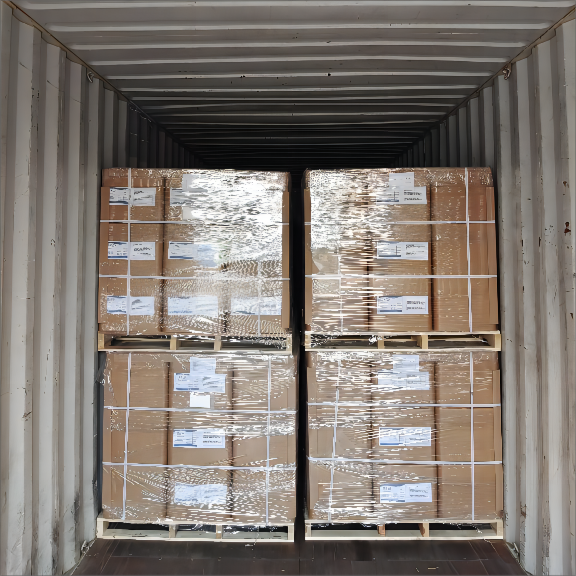

Product specification
Item |
?STANDARD |
TEST RESULT |
Identification |
Conform To Standard |
CONFORM TO STANDARD |
Appearance |
White Granular |
White Granular |
Assay |
99.0 ~ 101.0% |
100.36% |
Free Acid (as Sorbic Acid) |
<?1% |
<1% |
Free Alkali (as K2CO3) |
<?1% |
0.45% |
Heavy Metals (as Pb) |
≤ 10 Ppm |
LESS THAN 10 PPM |
Arsenic (as As) |
≤ 3 Ppm |
LESS THAN 3 PPM |
Loss On Drying |
≤ 1.0% |
0.30% |
Lead |
≤ 2Ppm |
LESS THAN 2 PPM |
Mercury |
≤ 1Ppm |
NONE |
Aldehydes |
<0.1% |
<0.1% |
Chloride(as CI) |
≤0.1% |
<0.1% |



